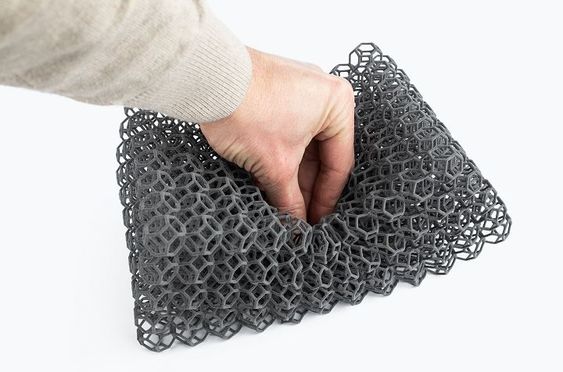SERVICES
OUR SERVICES
Identify & Prioritize Printable Spare Parts
We begin by working closely with your engineering, maintenance, and procurement teams to:
Map out your current spare parts inventory and usage trends
Identify high-cost, high-risk, or long-lead-time components
Evaluate technical feasibility and business case for 3D printing
Our goal is to uncover where additive manufacturing delivers real, measurable ROI — whether through cost savings, lead-time reduction, or increased part availability.


Redesign & Validate Each Part
We don’t just convert parts — we optimize them.
Our design engineers assess each part’s geometry, load paths, tolerances, and materials. Using advanced CAD tools, we:
Re-engineer parts for additive manufacturing (DfAM)
Enhance performance, reduce weight, or consolidate assemblies
Run simulations and stress tests for functional validation
Each part is tested to meet its real-world demands — not just in theory, but in practice.
Print Setup & Certification
For every validated part, we define a complete print package, including:
Printer model(s) and compatible material types
Layer height, infill, orientation, and post-processing requirements
Estimated print time and cost-per-part
We also ensure all parts are backed by digital traceability, documented settings, and quality benchmarks — enabling repeatable, certifiable production every time.
Production with Strict Quality Control
Our batch production process is tailored for industrial-grade performance:
Every print follows validated, part-specific settings
Materials are verified for mechanical, thermal, and chemical compatibility
Inspections and process monitoring ensure consistency across batches
From a single part to full-scale production, our focus remains the same: precision, reliability, and repeatability.
Performance Tracking & Savings Attribution
Post-deployment, we continuously monitor performance to help you measure what matters:
In-field performance and maintenance data
Lead time and cost savings per part
Cumulative impact on operational uptime
This data isn’t just for reporting — it feeds into a cycle of continuous improvement, allowing us to refine designs, processes, and strategies over time.


